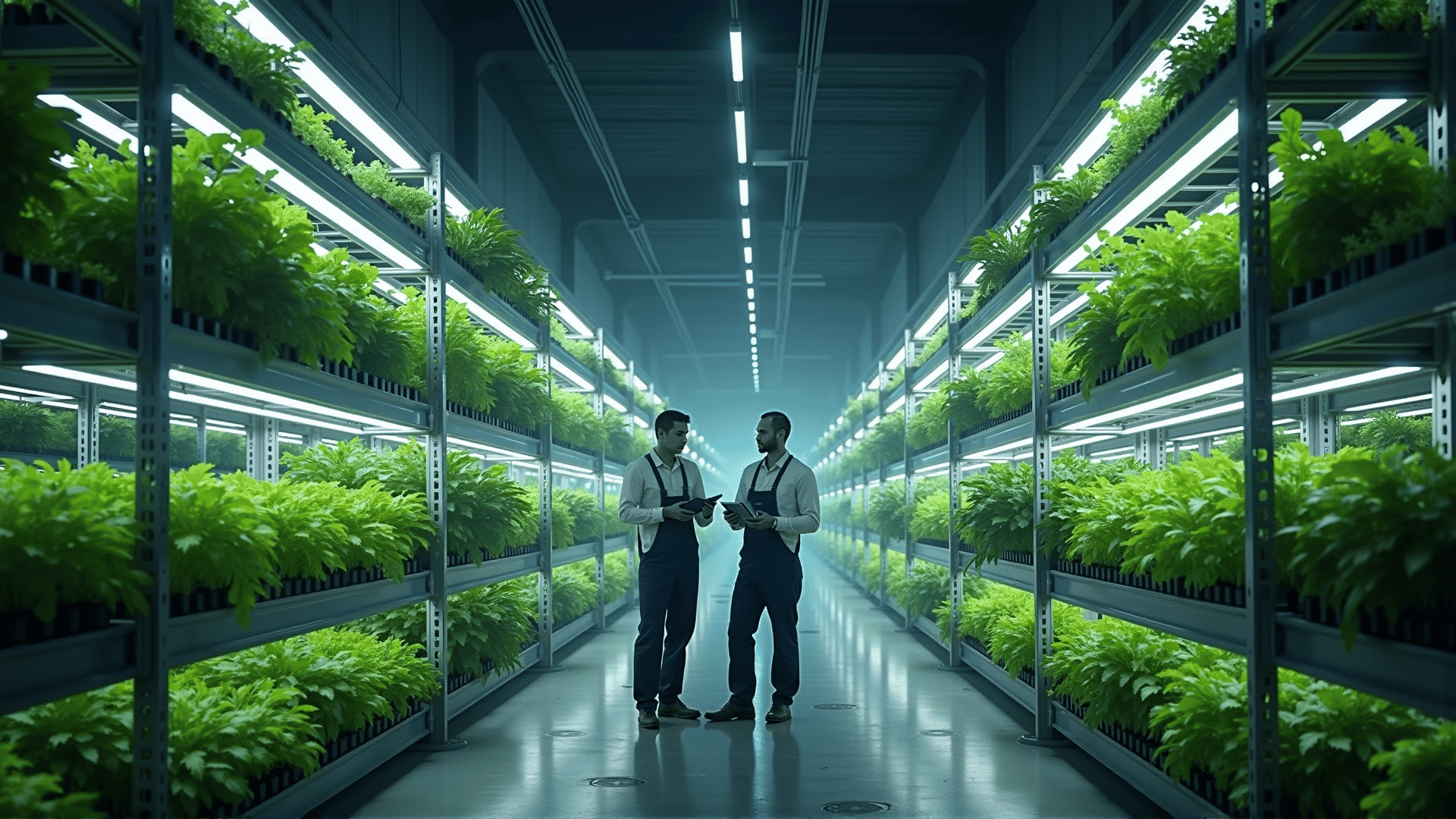In recent years, the agricultural world has been experiencing a quiet revolution—one that promises to substantially transform the way we grow food in our cities. This innovation goes by the name of vertical farming, and it is swiftly gaining recognition for its potential to redefine urban agriculture by optimizing space and resources.
Vertical farming is an indoor agriculture practice designed to cultivate food in vertically stacked layers, often integrated into other structures like skyscrapers, shipping containers, or repurposed warehouses. By using these vertical spaces, it maximizes land use, a critical factor in densely populated urban areas where horizontal expansion is limited and expensive.
At the core of vertical farming is the ability to control environmental conditions such as light, temperature, water, and even carbon dioxide levels. Through the use of advanced technology like LED lighting, hydroponic and aeroponic systems, and climate control software, vertical farms can create optimal growth environments for crops year-round, irrespective of external weather conditions. This ability significantly reduces the dependency on weather and soil quality, two factors that have traditionally governed agricultural productivity.
One of the primary advantages of vertical farming is its efficiency in resource utilization. Traditional farming methods require large tracts of land and significant amounts of water. However, vertical farming can use up to 95% less water, as the closed-loop systems recycle water multiple times. Additionally, the proximity of these farms to urban centers reduces the need for lengthy transportation, thus decreasing the carbon footprint associated with food supply chains.
Vertical farms can produce crops in places previously thought unsuitable for agriculture, such as rooftops, basements, and even urban office spaces. This new placement of food production facilities closer to the consumer not only ensures fresher produce but also empowers cities to become more self-sufficient and less reliant on rural supply chains that can be disrupted by geopolitical tensions or natural calamities.
The types of crops grown in vertical farms range from leafy greens like lettuce, spinach, and herbs to fruits like strawberries and tomatoes. While staple crops such as wheat and corn are still challenging to produce economically in vertical systems, research continues to advance, and innovative solutions are continually being developed to expand the range of viable crops.
Despite its potential, vertical farming does face challenges, particularly in terms of initial setup costs and energy consumption. The facilities require significant investments in technology and infrastructure, and their energy needs, primarily for lighting and temperature control, can be substantial. However, as technology advances and renewable energy sources become more widespread, these issues are likely to diminish over time.
Furthermore, vertical farming offers an opportunity for urban revitalization. Repurposing underutilized urban spaces for food production not only provides fresh produce but also creates employment opportunities and promotes community engagement, fostering a stronger connection between people and the food they consume.
As our global population continues to grow, and urbanization trends increase, finding sustainable and efficient methods of food production will be pivotal. Vertical farming presents a promising avenue for achieving these goals, allowing us to reimagine urban spaces not just as locales of consumption but as vital contributors to global food security and sustainability.
In summation, the rise of vertical farming marks an exciting development in urban agriculture, bridging the gap between environmental needs and technological innovation. While challenges remain, the potential to create more sustainable and resilient food systems is immense, making vertical farming a critical area of focus for those looking to cultivate the future of city living.
